COVER-UP IN CAERNARFON BAY
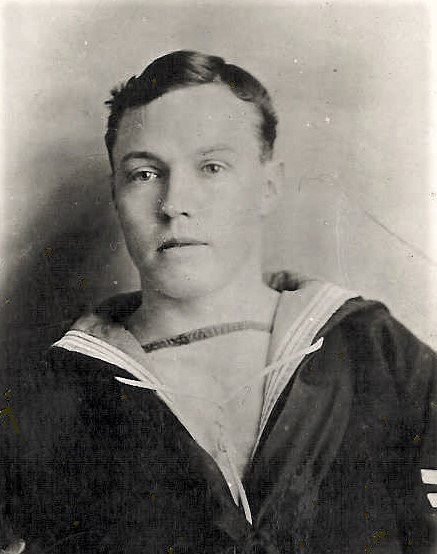
Ernest Ashmore was born in Emscote, Warwick on 20th July 1883, and his connection with Kenilworth was when he married Lucy Sarah Green, daughter of David Green and Louisa Watts of 50, Spring Lane.
Lucy and Ernest married on 4th July 1914, at St Nicholas Church, and in April the following year, they had a daughter called Ivy Maud. At the time, Ernest was on active service with the Royal Navy in WW1.



In his younger days he was a toolmaker, which was probably his first job. But It was in August 1902, aged 18, he decided to enlist in the navy at Portsmouth for a 12-year period. He eventually became a Stoker 1st Class. During his career in the navy, he sailed on a wide range of vessels, from sloops to torpedo boats, but later he became a submariner.
Ernest and ‘Operation GF’
By the end of 1917 American and British forces were cooperating in their efforts to hunt down U-Boats in the Irish sea. Early in 1918, ‘Operation GF‘ was put in place in which eight British submarines collaborated with the USS Bushnell and seven L-Class submarines, around the coast of Ireland and in the Irish Sea. As part of the parnership, US naval officers undertook familarisation trips on board British submarines. Such was the secrecy of the whole operation the convoy of escorting ships were not even told that any British submarines were present in the area.
On 26th February 1918, Ernest was aboard the HM Vulcan (H5) submarine which went on patrol from Berehaven, County Cork, under the command of Lieutenant A. W. Forbes. Also on board was US Navy Liaison Officer, Earle Childs who was present for instructional purposes. The H5 was expected to return to port on the 6th March. However, on 2nd March, the captain of the SS Rutherglen, a merchant ship, reported that it had rammed a submarine ten miles east of Caernarfon Bay. It was also reported that cries had been heard and that men were in the water and that there was a strong smell of fuel. The incident happened at 8.30 in the evening and visibility was poor, so the crew would not have known if they had rammed a friend or foe. Under orders not to risk falling victim to U-Boats themselves, the Rusherglen carried on, attempting no rescue. Ernest and his fellow crew were left to their grim fate. Un-surprisingly there were no survivors. In total, 27 men were lost.
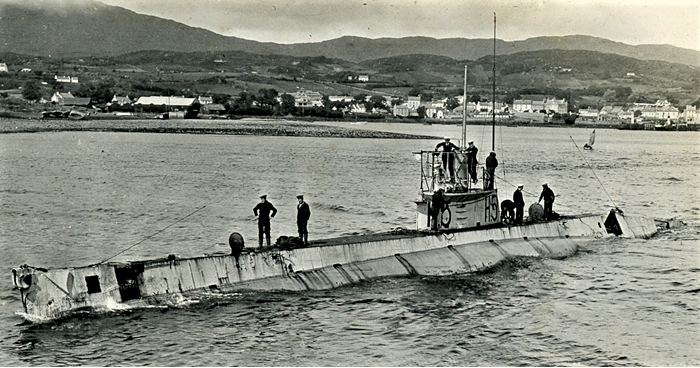
Following the Rusherglen report, and the disappearance of the H5, Captain Nasmith sent a full report of the accident to his boss, Vice Admiral Sir Lewis Bayley, Admiral Commanding Western Approaches. Needing to keep the incident ‘under wraps’ due to the secrecy of the operation, he submitted that the crew of the Rusherglen be left under the impression that they had indeed sunk a U-Boat, and paid them the standard bonus. Ironically, five-months later, the Rusherglen itself, would fall victim to a U-Boat in the Mediterranean.
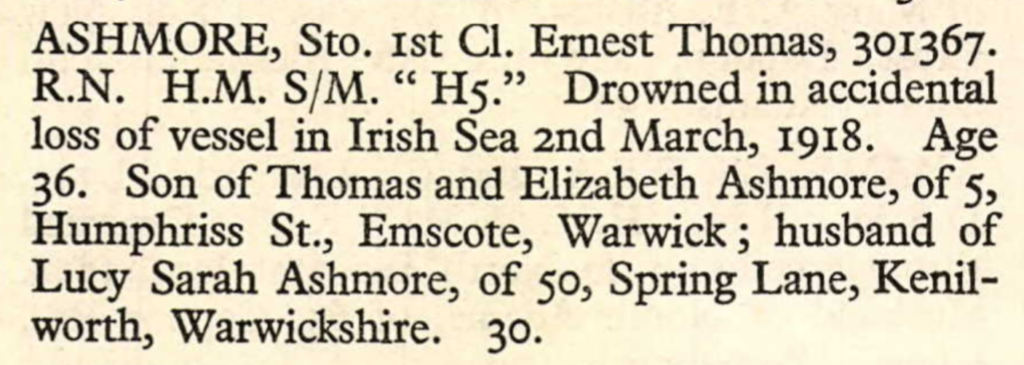
Wreck-Site On Protection List
It’s only in recent years that the H5 wreck-site has been put on the Protection of Military Remains Act. The H5 was one of only four submarines during WW1 that were lost to ‘friendly fire’.
Memorials
Ernest is commemorated on the Kenilworth War Memorial, and at the memorial inside the Kenilworth Sports & Social Club in Upper Rosemary Hill (formerly the Working Men’s Club), where he was a member. He and the crew of the H5, also appear on the Plymouth Naval Memorial, the Chatham Naval Memorial at Gillingham, Holyhead Maritime Museum, Anglesey and the Royal Navy Submarine Museum, at Portsmouth.
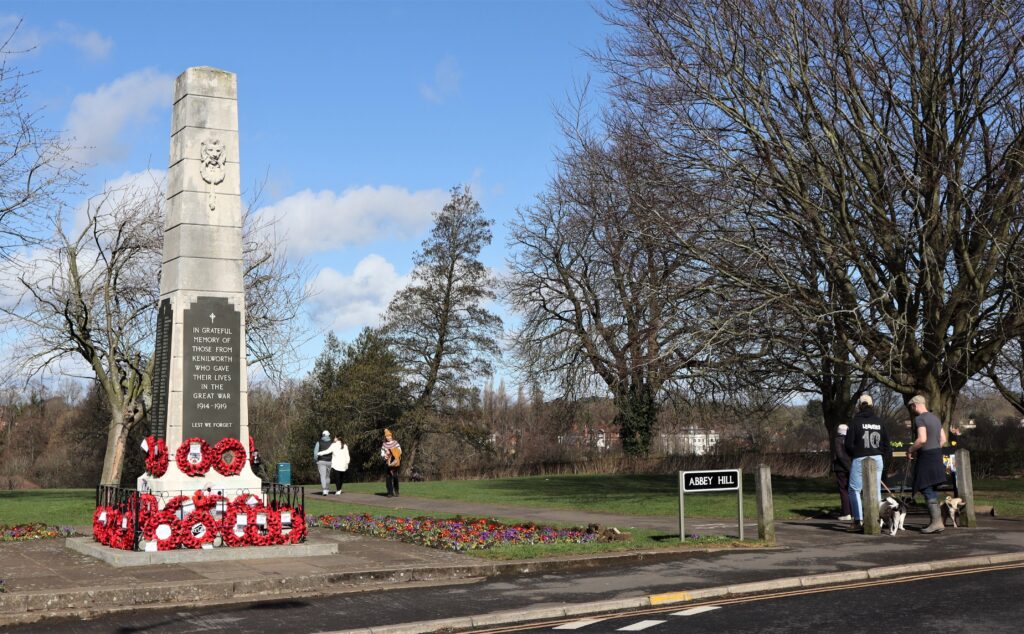
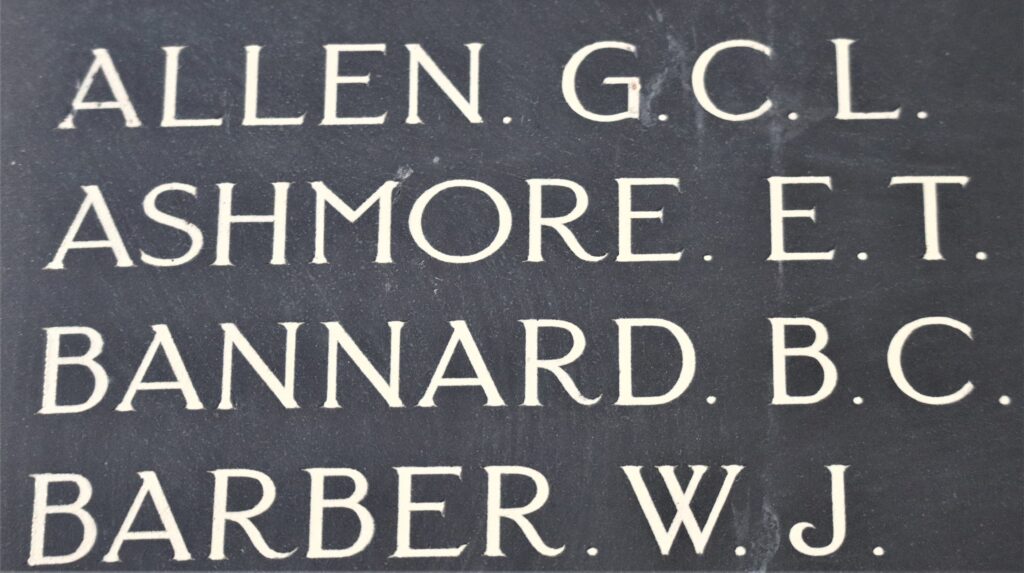
The loss of Ernest was not the only tragedy to fall upon Lucy’s family, as two of her brothers were also killed in the war. Leonard aged 23 and Arthur, aged 19. They are commemorated on the Kenilworth War Memorial.
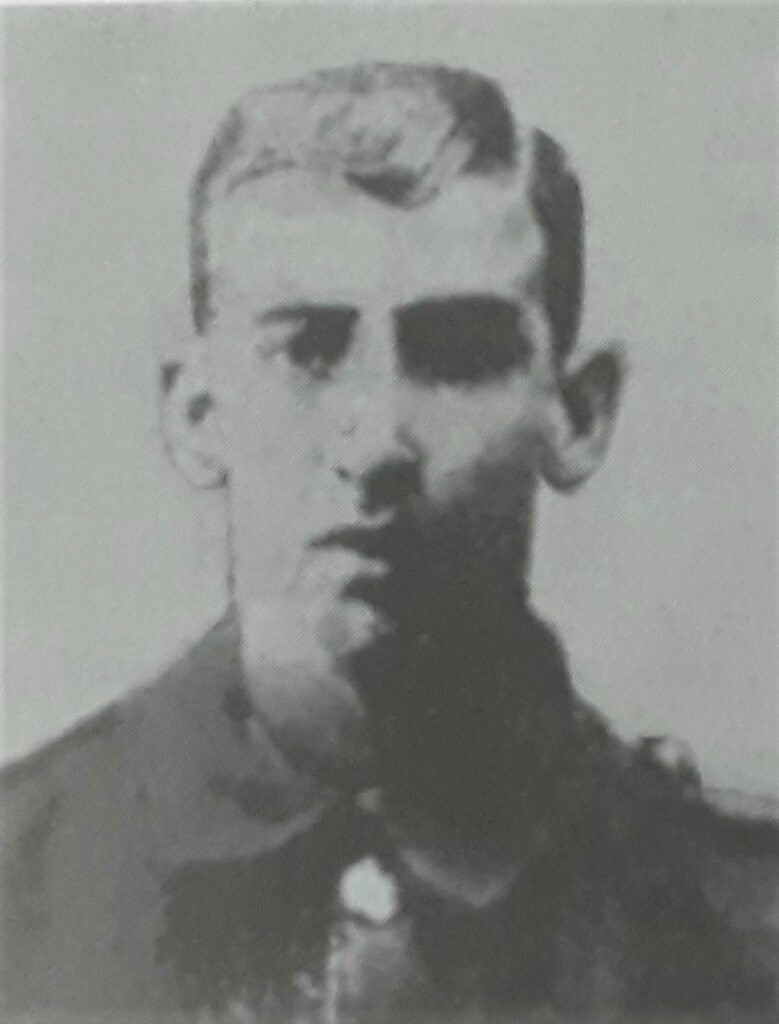
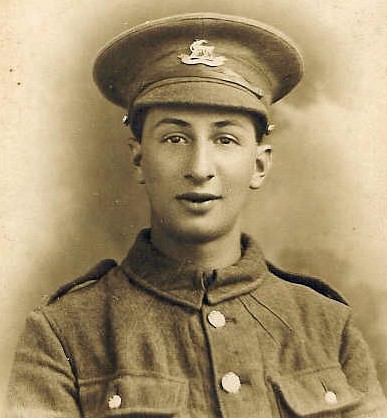
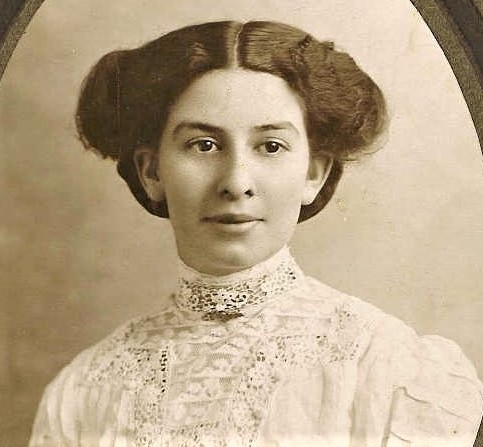
But Lucy picked-up her life, and eventually re-married in 1927 to Thomas Barnwell, and they lived at No. 36, Hyde Road. She lived to a ripe old age of 98, and passed away in 1989.
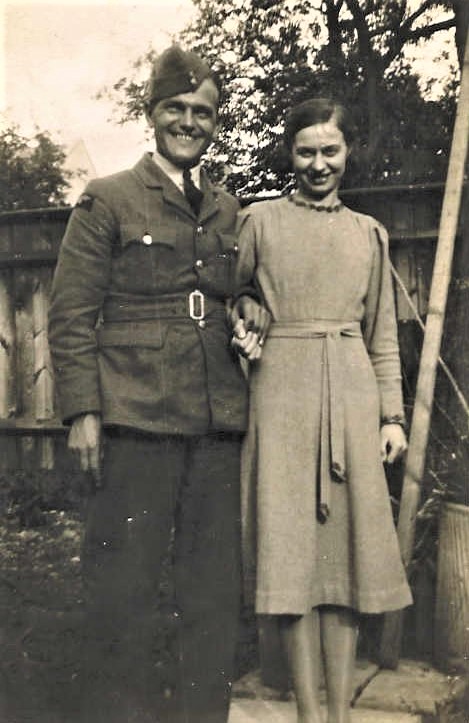
Ernest and Lucy’s daughter, Ivy Maud, married Walter Beck of Kenilworth in 1940.
She died in 1996, aged 81. Walter had died the previous year, he was 82.
.